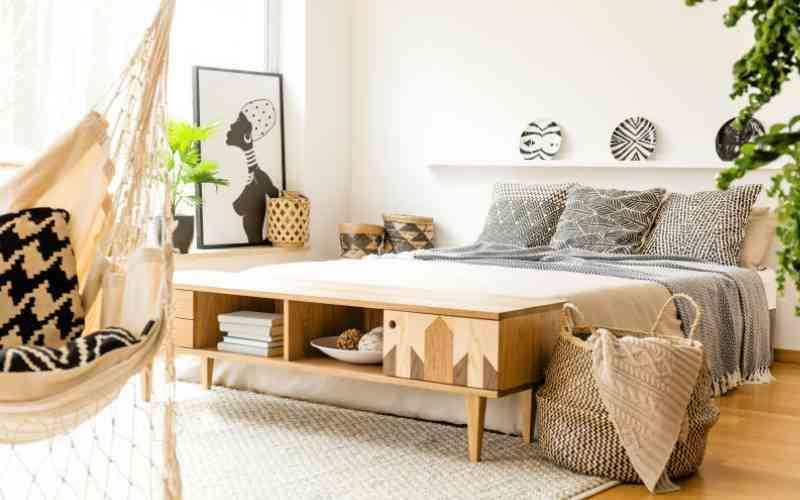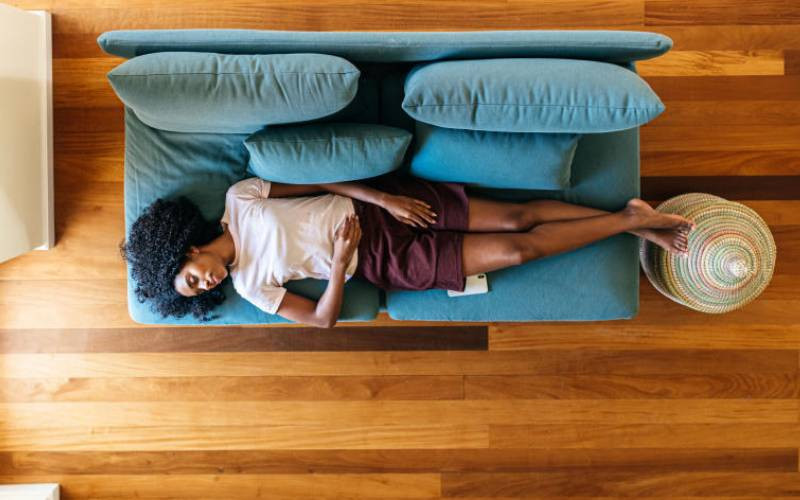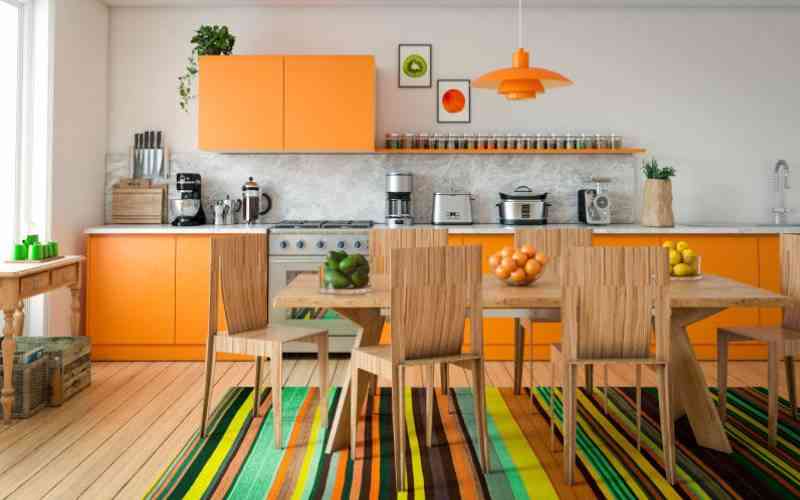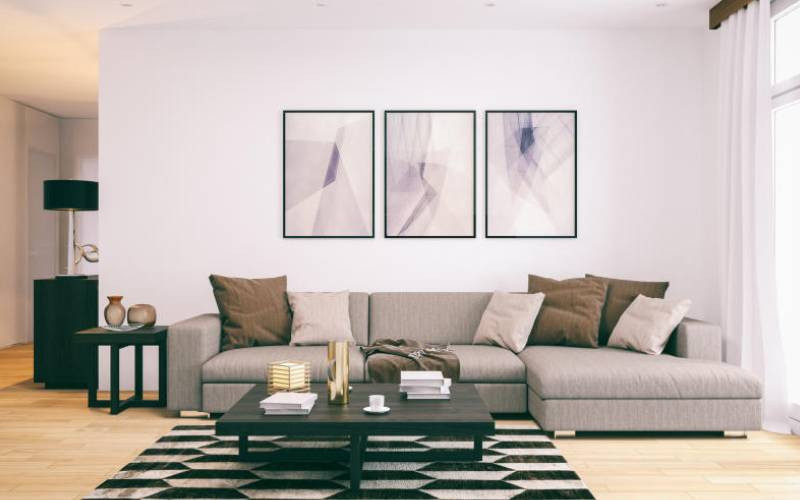
Just like clothing does for human beings, cladding - the process of adding an extra layer of material on the exterior or interior surface of a building structure - provides the benefits of protection from the sun and from cold and rain and improving the appearance of buildings.
Cladding does not contribute to the strength of a building as it is an additional and optional component. However, there are several advantages of having a building cladded. Today we discuss this age-old method of achieving style and preserving external structure of a building.

What can cladding do for your building?
Cladding adds several advantages to a building. In addition to giving both the exterior and interior walls aesthetic appeal, it protects the building’s walls from wind, rain and heat damage. Cladding also insulates a home, provides a sound proofing solution and directs the harsh weather away from the building structure.
What are the options for cladding?
There are different cladding materials that can be used in a building. The most common material for interiors is wood cladding. Wood instantly adds warmth and coziness to a space.
The most common types of wood for cladding are American Cherry. Other types of wood can be used. In addition to wood, there are other materials used for cladding like stone, brick, metal, aluminium, straw and synthetic materials like recycled polystyrene.
There are various types of cladding to choose for a building. A few examples include: timber cladding, rainscreen cladding, tensile fabric coverings, curtain walling, shakes and shingles, tile hanging, patent glazing, brick slips, uPVC, sandwich cladding and metal profile cladding.
What are the disadvantages?
Some cladding materials may cause a fire or accelerate the rate at which a fire spreads in a building.
The type of cladding material you choose for your project will depend on your budget and the aesthetic and functional needs of your interiors and exteriors. Love is…?
 The Standard Group Plc is a multi-media organization with investments in media platforms spanning newspaper print
operations, television, radio broadcasting, digital and online services. The Standard Group is recognized as a
leading multi-media house in Kenya with a key influence in matters of national and international interest.
The Standard Group Plc is a multi-media organization with investments in media platforms spanning newspaper print
operations, television, radio broadcasting, digital and online services. The Standard Group is recognized as a
leading multi-media house in Kenya with a key influence in matters of national and international interest.










